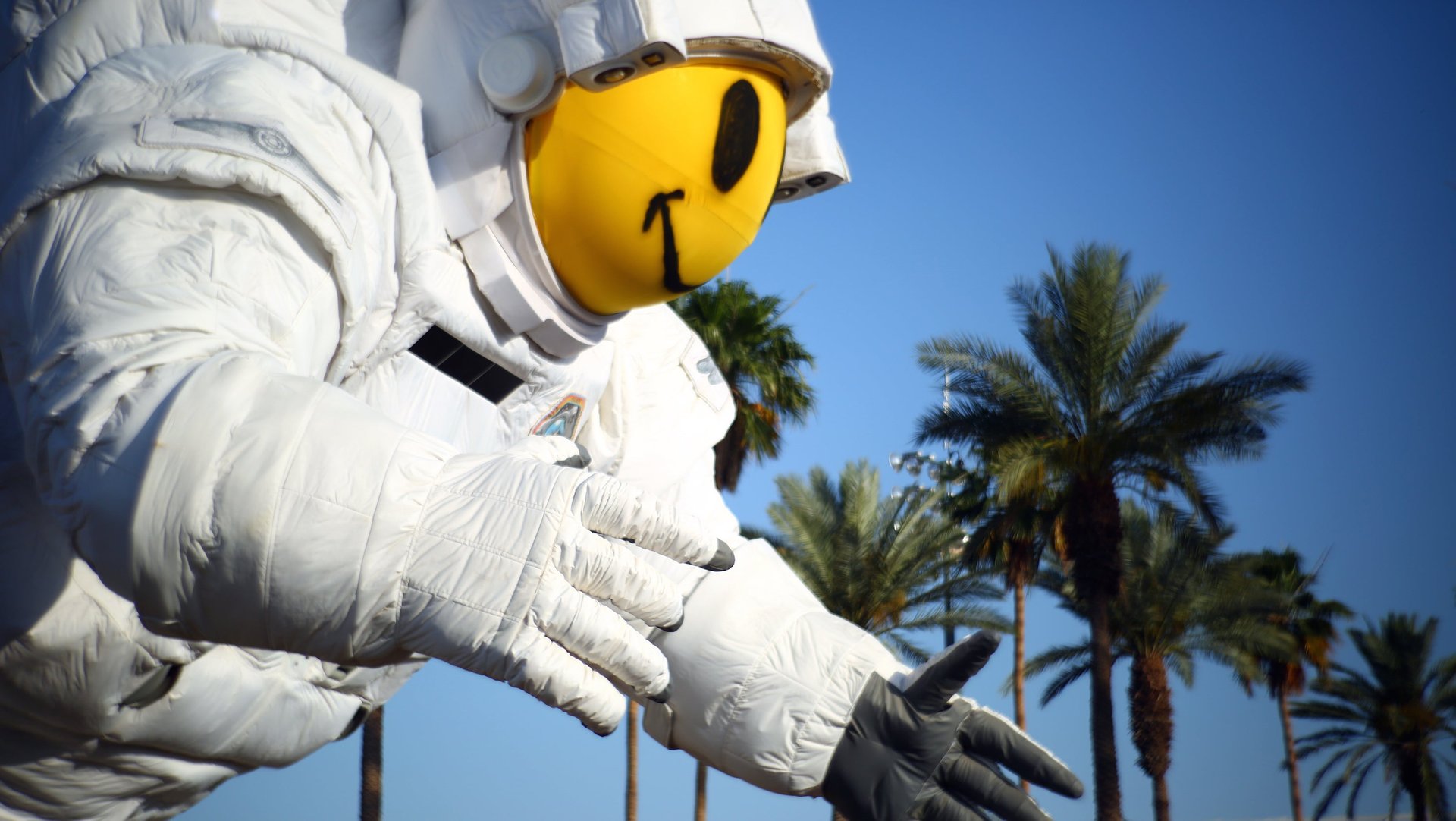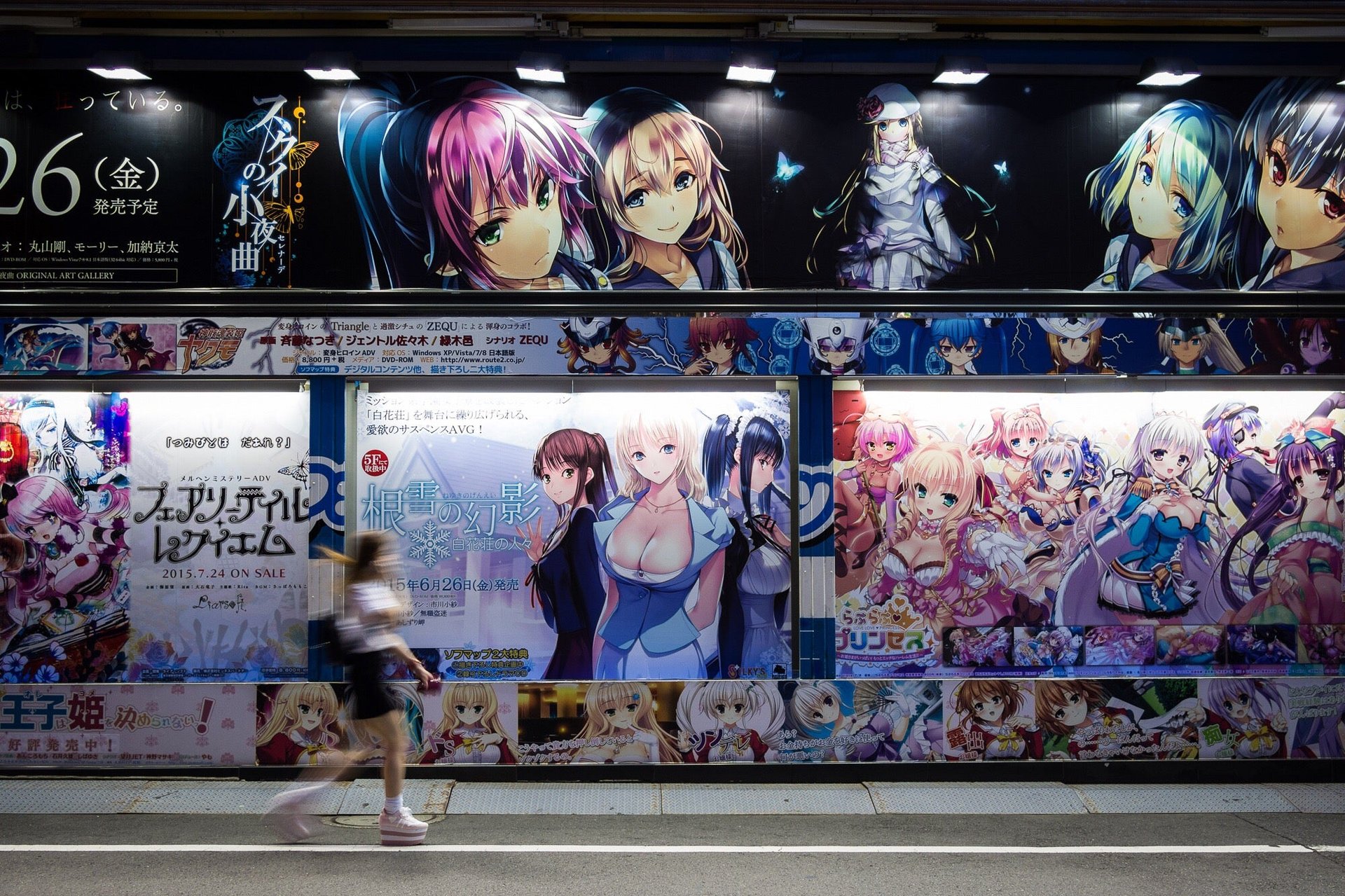Emoji are headed to the big screen, which is a better movie idea than you might think
The world’s global means of communication, emoji, has just been promoted. The ubiquitous smileys, winks and love hearts are about to make it out of the smart phones in our pockets and on to the silver screen. Sony Pictures recently announced that it has bought the rights to a film project written, and to be directed by, Anthony Leondis, of Kung Fu Panda fame.


The world’s global means of communication, emoji, has just been promoted. The ubiquitous smileys, winks and love hearts are about to make it out of the smart phones in our pockets and on to the silver screen. Sony Pictures recently announced that it has bought the rights to a film project written, and to be directed by, Anthony Leondis, of Kung Fu Panda fame.
Emoji are clearly hot property: while the colourful glyphs are not subject to copyright restrictions—they reside firmly in the public domain—Leondis’ screenplay reportedly led to a bidding war, with Warner Bros and Paramount out-muscled by Sony’s fast-talking megabucks.
Emoji—which literally means “picture character”, from the Japanese—first appeared on international smartphones in 2011. But today, they are so firmly established in the world’s public consciousness that their forthcoming incarnation, as movie characters, perhaps should not surprise us. From tennis ace Andy Murray’s famous wedding day tweet, to an emoji translation of Alice in Wonderland—a book of just over 27,000 words, conveyed using around 25,000 emojis—their appeal seemingly knows no bounds. There is now even an official World Emoji Day (July 17).
Their everyday use in getting our message across to our nearest and dearest is now unrivaled on the global stage. In a recent study I found that in the UK, 80% are now avid emoji users and that 72% of 18 to 25-year-olds believe they can express our emotions better by using them. In the United States, a survey commissioned in 2014 by the dating site match.com found that among singles there is a correlation between emoji usage and dating success: the more you use emoji, the more dates you go on. And get this: emoji-using singles even have more sex. To cap it all off, last month, a software company, Intelligent Environments, launched an emoji passcode service to replace the humble PIN, soon to be so last century, perhaps.
And yes, whilst many people are still getting used to the idea of communicating Pictionary style using a palette box of pre-prepared smiley faces and choice vegetables, Hollywood is in the process of developing a feature-length movie populated by them. So in the spirit of embracing the meteoric rise of emoji to undoubted riches and stardom, what might the plot-line of an emoji movie look like?
Once upon a time…
The movie’s characters are likely to be developed from Apple’s library of emojis. In terms of cast, at present there are 93 human-like pictograms, 15 family-of-four emojis, ten happy couples and even anthropomorphic cats—seven in total.
One plot possibility is an origin movie. This is a staple of Hollywood film franchises. The recent rebooting of the James Bond mythology, starring Daniel Craig, got things going with the original Fleming novel Casino Royale. Then there’s Ridley Scott’s sci-fi epic, Prometheus, Star Wars prequels, and everything in between. Emoji was first developed in the 1990s, in Japan. The original 172 emojis, crude in comparison to their modern descendants, borrowed extensively from the Manga comic-strip tradition. So one option could be the escape of the emojis from the print comic page.

Or given film director Leondis’ track record in the world of animated martial arts, an emoji kung fu epic might be on the cards. Emoji clearly has the technicolour vocabulary to deliver on this front, with the pop fist, praying hands and panda emojis already available, as well as host of nefarious red-devils, ghouls and evil faces supplying the evil assassin and the assorted entourage of baddies. There is also a ready-made set of weapon emoji, including a handgun—which landed a 17-year-old Brooklyn teenager in jail, earlier this year, for an alleged terrorist threat when he posted an ill-advised Facebook status update. Perhaps, though, a bespoke samurai sword emoji might better fit the bill.
Of course, a rom-com always delivers at the box office, so that might be the way the movie pans out. Emoji certainly have plenty to offer there—ideally suited as they are to express the emotional rollercoaster of a good love story. A universal “language” for expressing our emotional selves in our interconnected cyberworld of digital talk, the most prevalent usage of emoji is to express emotions—as a recent survey that analyzed a billion pieces of data from across 16 languages made clear. Overall, 45% of emojis relate to positive emotions, including winks, kisses and smiles. Sad faces (including angry faces and other negative emotions) account for another 14%. Love hearts, of all types, including the broken heart emoji, were used 12.5% of the time. Across these three emotion-related categories, a whopping 70% or so of our emoji usage directly enables expression of our feelings.
There are a handy-set of potential love interest emoji characters, ranging from the dancing red lady, a personal favorite of mine, to various work-related emojis—including the statuesque police officer, or even a bespoke square-jawed firefighter emoji. The wealth of city-scape emojis might form the backdrop for a heroic rescue, atop a blazing skyscraper emoji—a riff on The Towering Inferno—combining both romance and danger. Love would be, of course, at first sight. There’s even a range of vehicle emojis enabling our love-struck couple, newly free of danger, to disappear into the distance.
As is evident from my extended speculation, the emoji language has much to offer in almost any genre. And if the sum forked out for the rights of something in the public domain, I’m sure we’ll all be pleasantly surprised, Lego Movie style, by the real emotions cinematic emojis can dredge up in us. Love them or hate them, they are here to stay.